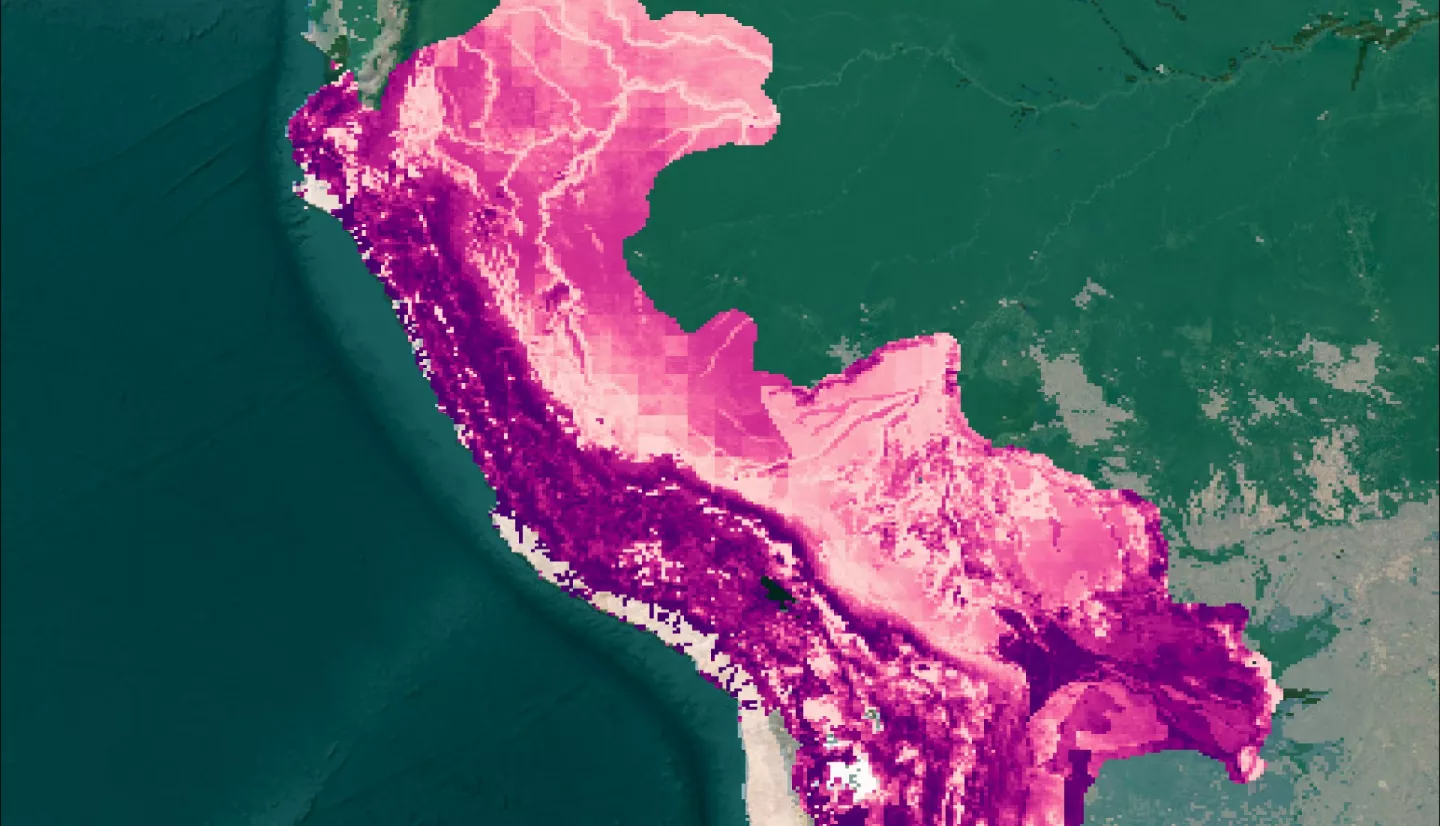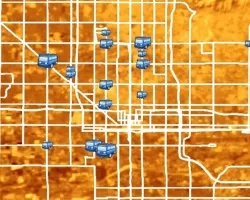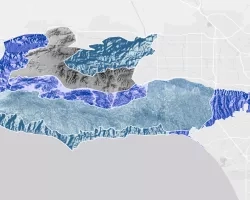Peru & Bolivia Climate (2023 Spring)
Team: Aarti Arora (Project Lead), Aaron Carr, Arina Fuqua, Haydee Portillo
Summary: Irrecoverable carbon (IC) reserves contain large stores of the element, are at risk of being released due to human activity and consequentially contribute to global warming upon eviction. The Amazon, which covers about 0.5% of Earth's surface, contains the largest and highest-density reserves of IC. Conservation International (CI) works with local communities to establish and expand protected areas to prevent the loss of these reserves. This project's research strived to help CI better understand soil organic carbon (SOC) stocks and supplement their ability to monitor SOC changes in South America through a remote sensing lens. Earth observations utilized included the Soil Moisture Active Passive Level 4 Carbon Net Ecosystem Exchange (SMAP L4C) product and Level-2A true color imagery from Sentinel-2 MultiSpectral Instrument (MSI). SOC distribution maps and trend analyses were generated for Peru and Bolivia between 2016 and 2022. SMAP L4C SOC estimates were then compared to SoilGrids, CI’s current SOC data source. Additionally, a methodology for monitoring SOC utilizing SMAP will allow CI to monitor future changes. The project determined that trends of significantly decreasing SOC generally occurred within the extent of the Andes Mountains while most areas outside had increased. Overall, SOC increased across the entire study period for each plant functional type and average SOC over all plant functional types. SMAP agrees with SoilGrids in the eastern portion of the study area and within the Bolivian Amazon but disagrees along the Andes range and in northeastern Peru.



